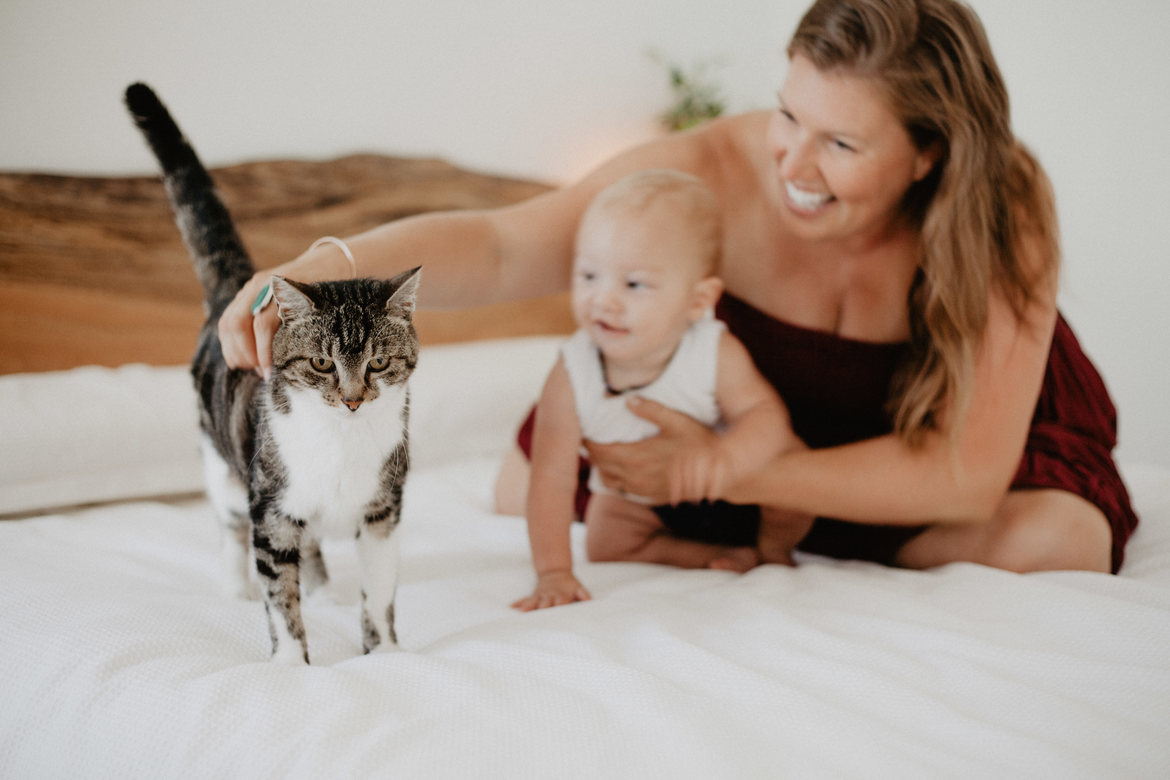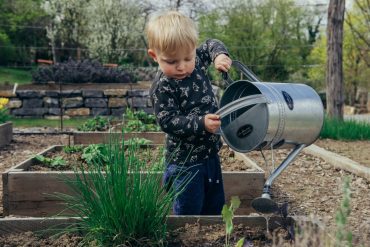By Jane Marsh
Animals play significant roles in many people’s lives. In 2019, around 63 million American households had at least one pet. Whether it be a dog, cat, fish, horse, rabbit, or any other domesticated animal, pets often bring joy and happiness to their owners. Rarely is there a child who doesn’t want to get a puppy for Christmas on their birthday one year!
When a family adopts a pet, that animal often becomes part of the family. It’s another child or sibling for family members. They come with great responsibility, but there are many benefits associated with animals surrounding children’s emotional health and development.
Whether you choose a dog or a fish, an animal has a lasting impact on a child.
Here is how animals benefit children’s emotional development.
They Offer Companionship
One of the first things most people probably associate with pets and emotions is that a pet offers companionship. Pet owners often feel less lonely. Children can talk with their pets, providing them a way to safely and secretly tell their private thoughts. Also, children play with pets as though they are friends, which lowers stress levels and helps them relax.
Especially during COVID-19 and increased isolation, pets like dogs, cats, and rabbits have offered companionship. In addition, when a family takes their pet out in public, it can help invite others to their social circle. So if your child is walking their dog, they’re more likely to meet a new human friend.
They Provide Comfort
Pets also provide comfort. Animals you can cuddle, such as dogs, rabbits, and cats, especially offer comfort, but even scaly friends can do so, too. These animals are soft and love human attention and touch, so it can be comforting for them when a child pets or cuddles them. The sensations that a child has when touching an animal are soothing.
When a child can go to a pet for comfort, it’s a great coping mechanism. They learn how to deal with their feelings independently, much like they might use a stuffed animal or blanket.
They Teach Responsibility
Animals depend on someone to care for them. Many parents choose to get pets when their children are young to learn to take responsibility for a pet. Children are more capable than people may think, and they can easily learn how to care for a pet.
Divide pet responsibility between your children. Giving them each a task and rotating weekly can help them develop emotionally because they create an empathetic bond with their pet and know that the pet needs them to survive.











